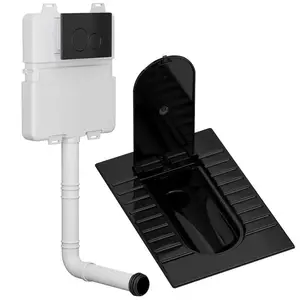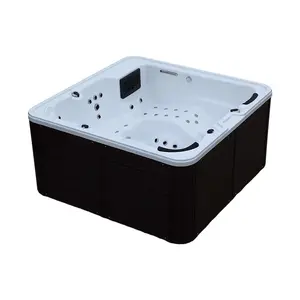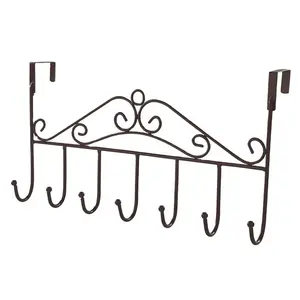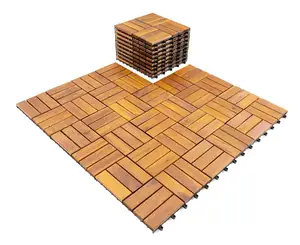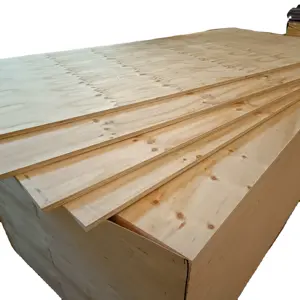Popular in your industry










































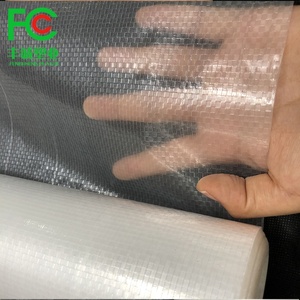


































Related Searches:






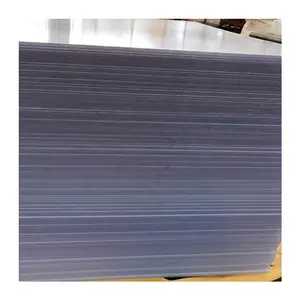






























































































































































Top categories
About clear plastic greenhouse sheets
Introduction
In the world of gardening, the use of clear plastic greenhouse sheets is revolutionizing the way we cultivate our plants. These sheets, designed to withstand harsh weather conditions and provide optimal sunlight exposure, are a cost-effective and durable solution for greenhouse coverage. From the popular Ethylene-vinyl acetate (EVA) and Polyethylene (PE) to the high-quality polyethylene, polycarbonate, and PVC sheets, each type offers unique benefits. This article delves into the understanding, types, benefits, installation, and maintenance of clear plastic greenhouse sheets, providing a comprehensive guide for gardeners seeking to enhance their greenhouses.
Understanding Clear Plastic Greenhouse Sheets
Clear plastic greenhouse sheets are a cost-effective and durable solution for covering your greenhouse. They are designed to withstand harsh weather conditions, from heavy rains to strong winds and snowfall. These sheets are also UV-resistant, preventing them from turning brittle after prolonged exposure to sunlight. The transparency of these sheets is crucial as it allows sunlight to reach the plants for photosynthesis. However, striking the right balance between thickness and transparency is key, as different plants have varying sunlight requirements. Additionally, these sheets are lightweight, making them easy to install without compromising the structural integrity of the greenhouse.
Types of Clear Plastic Sheets for Greenhouses
Greenhouses globally use two major types of plastic cladding: Ethylene-vinyl acetate (EVA) and Polyethylene (PE). EVA, a copolymer of ethylene and vinyl acetate, offers excellent light transmission, mechanical properties, thermal effect, and resistance to photodegradation. PE, on the other hand, is the most widely used due to its competitive price, excellent mechanical properties, and the ease of incorporating additives to improve its characteristics. It's classified according to its density into low, medium, and high-density polyethylene, each with specific applications in greenhouse construction.
Polyethylene
High-quality polyethylene coverings are available on the market. They unfold easily and can last up to 4 years, with some growers reporting up to 8 years of use. The thin yet durable polyethylene resin allows optimum light transmission for enhanced plant growth. Additionally, the infra-red additive helps maintain a stable greenhouse environment by reducing heat loss. However, using this product on a PVC frame without a primer will void the warranty.
Polycarbonate
Polycarbonate sheets are a top choice for greenhouse glazing due to their superior insulation and durability. They are lightweight, easy to handle, and resistant to yellowing and degradation thanks to a UV coating. Their impact strength is 200 times greater than glass and 8 times greater than acrylic, making them virtually unbreakable. They are also flexible and easy to install. These sheets come with UV protection on at least one side, sometimes on both sides. Some sheets also have an anti-condensate coating, which prevents droplet formation inside the greenhouse. All sheets carry a warranty against light transmission variance and hail damage.
PVC
PVC, or polyvinyl chloride, is a popular choice for greenhouse plastic sheeting due to its durability and affordability. It's ideal for both simple and complex greenhouse structures. For a quick, low-cost build, a standard 6 mil PVC sheet can be used, which is easy to replace as needed. For a more permanent construction, a professional-grade UV-inhibiting PVC sheet is recommended. This type of PVC sheeting is designed to last as long as possible, making it a worthwhile investment for serious gardeners. Additionally, PVC pipes can be used to construct the frame of the greenhouse, providing a sturdy and reliable structure.
Benefits of Using Clear Plastic Sheets in Your Garden
Polycarbonate sheets, a type of clear plastic, offer numerous benefits for greenhouses. They are lightweight, making transportation and installation easier and more cost-efficient. Polycarbonate provides better insulation due to its thermoplastic polymers, ensuring excellent heat and moisture control. It also allows for excellent light transmission while blocking harmful UV rays. Polycarbonate sheets are durable, shatter and scratch-resistant, and require less maintenance than glass. Their flexibility and versatility allow for customization to fit specific greenhouse structures. These benefits make polycarbonate sheets a cost-effective solution for greenhouses.
Improved Plant Growth
Clear greenhouse plastic sheeting allows for maximum light transmission, which is essential for plant growth. It typically has a light transmission rate between 80 – 99%, allowing the full light spectrum to reach plants. This is particularly beneficial for seeds during germination, which require warm soil and direct sunlight. Clear greenhouse plastic sheeting is also the best choice for starter plants that will ultimately be transplanted outside of the greenhouse or into the natural ground.
Extended Growing Season
Few gardeners are content with the length of their growing season. The good news is that by using a few simple season-extending techniques and plant-protection devices, you can shield your plants from extremes of weather, and stretch your gardening season by two, three or even six months. Combining black plastic mulch on the soil with plant covers or garden fabric will get melons and other heat-lovers off to a fast start. In the fall, covering plants with garden fabric will retain heat and keep soil several degrees warmer. This can give heat-loving crops, such as peppers, okra and tomatoes, a couple extra weeks to ripen.
Protection from Pests and Weather
High-quality greenhouse plastic acts as a primary barrier between delicate plants and the external environment, revolutionizing the way we farm. The quality of the chosen plastic can make a significant difference, ensuring that plants are safeguarded from pests and extreme weather conditions. This protection leads to healthier plants and increased yields. The plastic is meticulously crafted to resist wear and tear, braving extreme weather conditions from scorching summers to frigid winters, year after year.
How to Install Clear Plastic Greenhouse Sheets
Installing clear plastic greenhouse sheets, specifically polycarbonate ones, requires careful preparation and execution. Ensure you've ordered all necessary materials, as shipping can be costly. Keep sheets out of direct sunlight before installation to prevent the protective film from melting. The sheets should be cut similarly to plywood, and the ribs should never run horizontally to avoid moisture accumulation. Allow for contraction and expansion by predrilling screw holes slightly larger than your screws. Remember, polycarbonate sheets should not be installed on a flat roof. Lastly, avoid siliconing all joints as polycarbonate needs freedom to move.
Maintenance and Care for Your Plastic Greenhouse
Maintaining your plastic greenhouse cover is crucial for its longevity. It starts with choosing a high-quality cover, such as polyethylene sheeting, which is versatile and cost-effective. Regular cleaning, at least once a year, is necessary to prevent the accumulation of moss, algae, and leaves that inhibit light transmission. Small damages can be patched with greenhouse repair tape, but severe damage requires replacement. The greenhouse frame should not be neglected as it can cause premature decline of the cover. For instance, PVC frames can damage the cover due to chemical reactions.
Conclusion
In conclusion, clear plastic greenhouse sheets are a game-changer in the gardening world. They offer a cost-effective, durable, and versatile solution for greenhouse coverage, ensuring optimal light transmission, improved plant growth, and extended growing seasons. With different types like EVA, PE, polyethylene, polycarbonate, and PVC, each offering unique benefits, gardeners can choose the one that best suits their needs. However, proper installation and maintenance are crucial for their longevity and effectiveness. By revolutionizing the way we farm, these sheets are indeed paving the way for a greener and more productive future in gardening.
